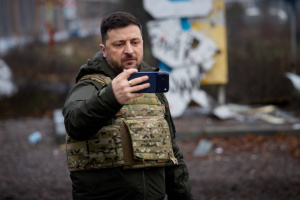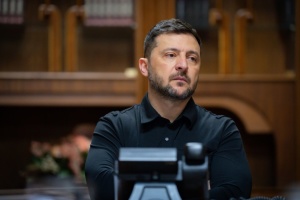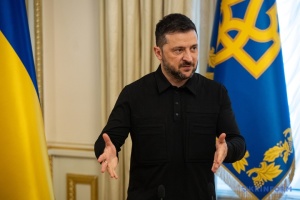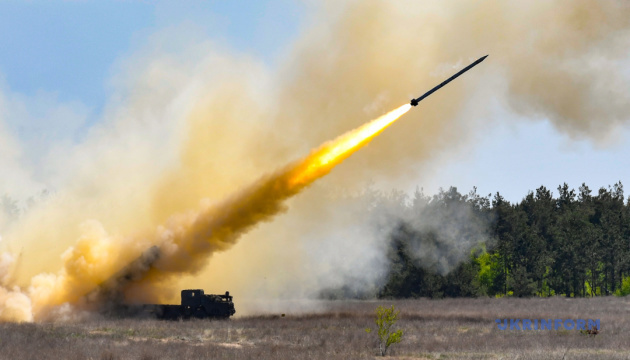
Member of the Academy of Sciences Horbulin speaks about emphasis on Ukraine’s defence technologies
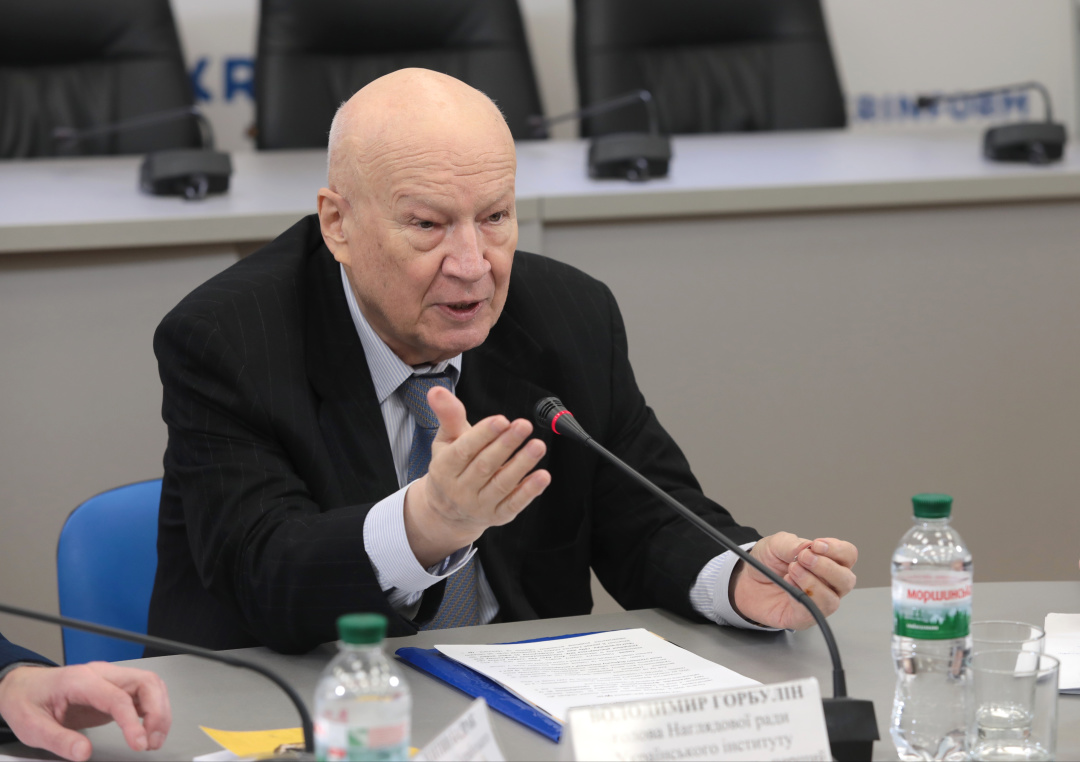
First of all, the national defence industry sector is booming and demonstrates an unprecedented level of the offered high-tech solutions for the art of war, ranging from designs to off-the-shelf systems. The quantity and quality of advanced projects well surpasses everything that has been produced and presented to the judgment of the public over all the previous history of our independent state.
Secondly, our military-political leadership steadily adheres to the policy of imports of arms and military equipment for the defence forces – I suggest that this year, not less than a third of the annual budget allocated for rearmament will go to foreign manufacturers. We buy from abroad unmanned combat aerial vehicles and their jammers, communications equipment, missile boats, corvettes, helicopters, antitank weapons, self-propelled artillery systems, sniper rifles and even combat vehicles, mortars and trucks. To tell the truth, we could produce a good third of all this for the defence forces by ourselves. Meanwhile, the plans of our top brass reach large-scale projects, such as procurement of combat aircraft and surface-to-air missile systems.
Indeed, the defence forces really need most of such systems. However, given our scanty budget, imports have reached the scale, dangerous for the future of the national defence industry. Can the symbiosis of foreign and national weapon systems in the defence forces be found in the present situation? I am sure it can. Exactly this road is to be taken at the present stage of development of our defence capabilities.
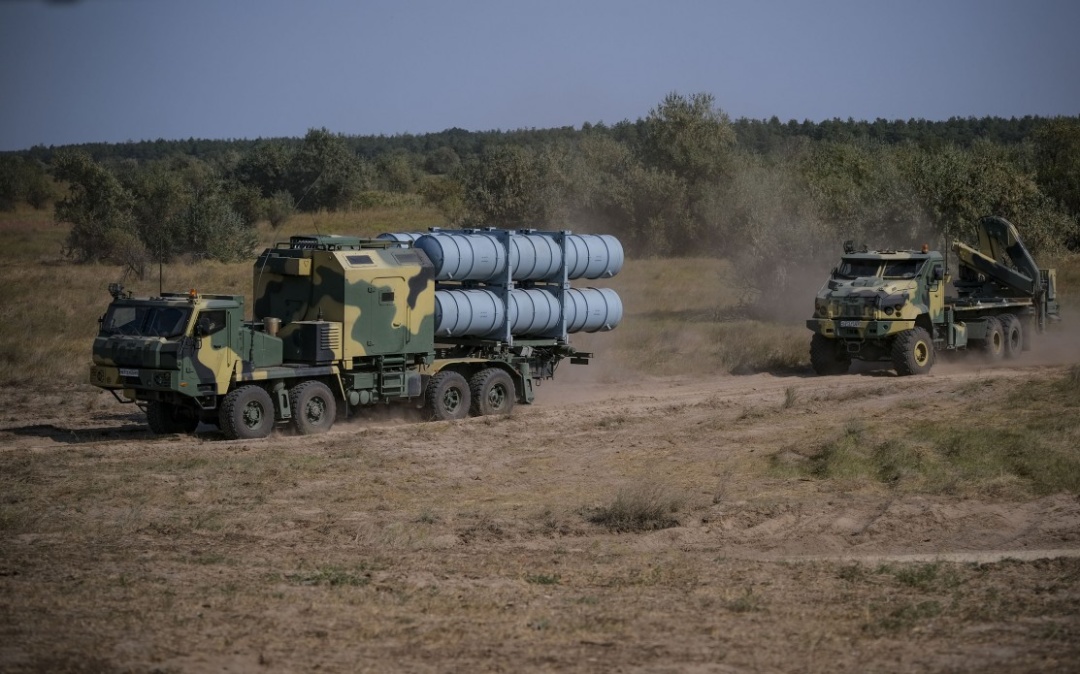
WHY DOES UKRAINE NEED DEFENCE TECHNOLOGIES OF ITS OWN?
I will start from the point that has been rightfully stressed many times: confrontation with Putin’s Russia only gains pace. Ukraine remains a strikingly vulnerable target. The present situation is unconsoling: Ukraine is in a state of a permanent threat of war, and it will be so until its large-scale rearmament. However, Ukraine will not be able to buy a few hundred combat fixed- and rotary-wing aircraft, at least in the decade ahead, and they are not badly needed. It can withstand a military confrontation with the aggressor country not in a linear war but at the expense of employment and development of an asymmetric strategy. Given the present technological stagnation of Russia, Ukraine’s chances have improved significantly.
A warning shot and a signal of the technological collapse of the Russian state came from an explosion of a liquid-fuel rocket engine during tests of the new Burevestnik missile in August, 2019, killing seven. Experts argue that a forced and hastily arranged trial of the missile resulted in the damage to its compact nuclear reactor. As early as in 2020, they in the Russian Federation began to speak seriously about technological problems with high-profile projects of the fifth generation – Su-57 aircraft and Т-14 Armata tank. This was followed by straight talk of experts about Russia’s lag in the field of development of attack UAVs. After public announcement of the terrifying plans to build strategic unmanned combat aerial vehicles (S-70 Okhotnik, Altius-U and Orion), none of the three Russian mega projects has been accomplished. The Russian military transport aviation went into an irreversible dive: by mid-2020, Russia has admitted that something went wrong with the advertised Il-112V airplane, being designed for 19 years now. The hook of sanctions has stopped the run of the smart project of Superjet 100 (nearly 80% of parts for which comes from the West). Although the Russian Federation is immensely proud of its missiles, shortcoming in this area became obvious, too. For instance, the much-vaunted theatre ballistic missile systems Iskander-М supplied to Armenia just missed the targets in the conditions of massive employment of advanced electronic warfare systems. Moscow repeatedly claims progress in the development of hypersonic weapons. However, in mid-2020, Russian scientists themselves criticised allegations of officials and propagandist media about all-mighty missiles developed by the Russian defence industry. They included Ph.D. in military science Konstantin Sivkov and futurologist Maksim Kalashnikov, who stress that the Russian Armed Forced did not have sufficient technical capabilities for targeting their advanced hypersonic Zircon missiles and for precision guidance of the Kalibr and Kinzhal systems. The Russian super weapons were termed blind.
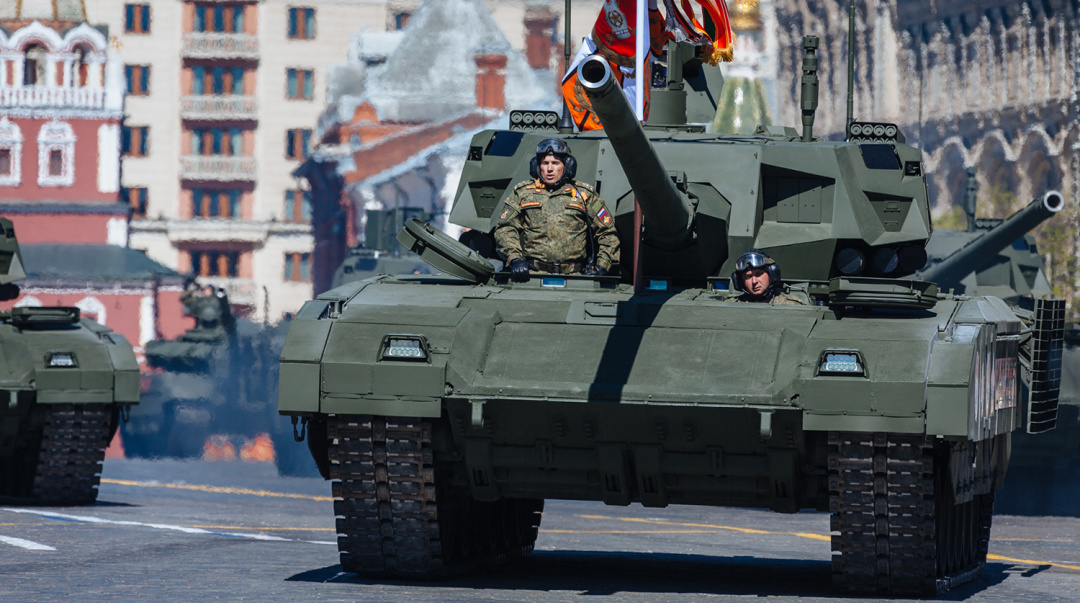
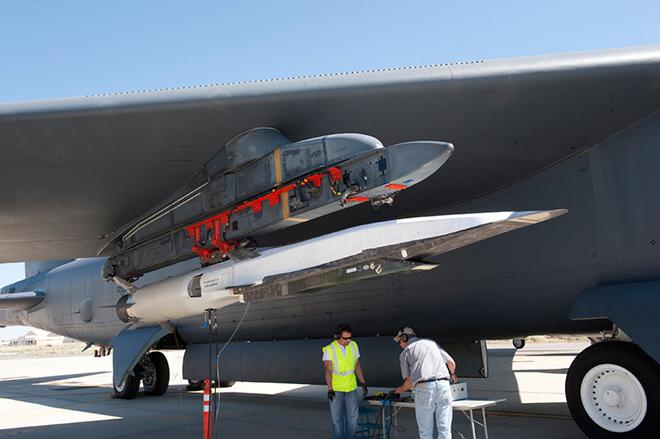
Nevertheless, one cannot rule out transformation of the Russian war against Ukraine into a large-scale, global one in the future. Meanwhile, the modern world is so interrelated that one should rather expect from Moscow a selective, cellular nature of warfare and employment of troops – such as pinpoint subversive actions, surgical fire strikes and covert attacks on infrastructure facilities and information systems. The war will most probably have a wave-like local character and will be waged not against Ukraine as a whole (with its defence forces and planned national resistance) but against political leaders, some public figures or groups of the population. This means that the primary targets of the future attacks may include not only the Armed Forces but also the civilian infrastructure, banks and communication systems, specific groups of the population – including by means of well-executed employment of media resources and subversive activities in the social networks.
If we look at the employment of purely military tools, not only the Ukrainian realities but also other military conflicts of the recent years reveal the success of wide use of relatively inexpensive hi-tech weapon systems. That said, the most probable features of modern comprehensive warfare will include disappearance of the very notion of the «frontline», as well as massive use of tactical (operational, strategic) strike elements and autonomous units. This raises the risk of local subversive acts or operations for Ukraine, such as penetration of subversive reconnaissance groups through the Belarusian border and naval assault units from the sea.
As an example, I can mention that Saudi Arabia, attacked in the fall of 2019 by a dozen of killer drones, was not helped by the modern US-made F-15SA (F-15S) and European Eurofighter Typhoons, or by ballistic missiles. Its national air defence forces (12 batteries of American towed Patriot РАС-2 SAMs – 96 launchers in total), even united in a single system with the USA, also stayed out of the game, and the procurement of the US-made THAAD ABM system worth USD 15 billion proved to be of no use, while the attackers have fully accomplished their goal.
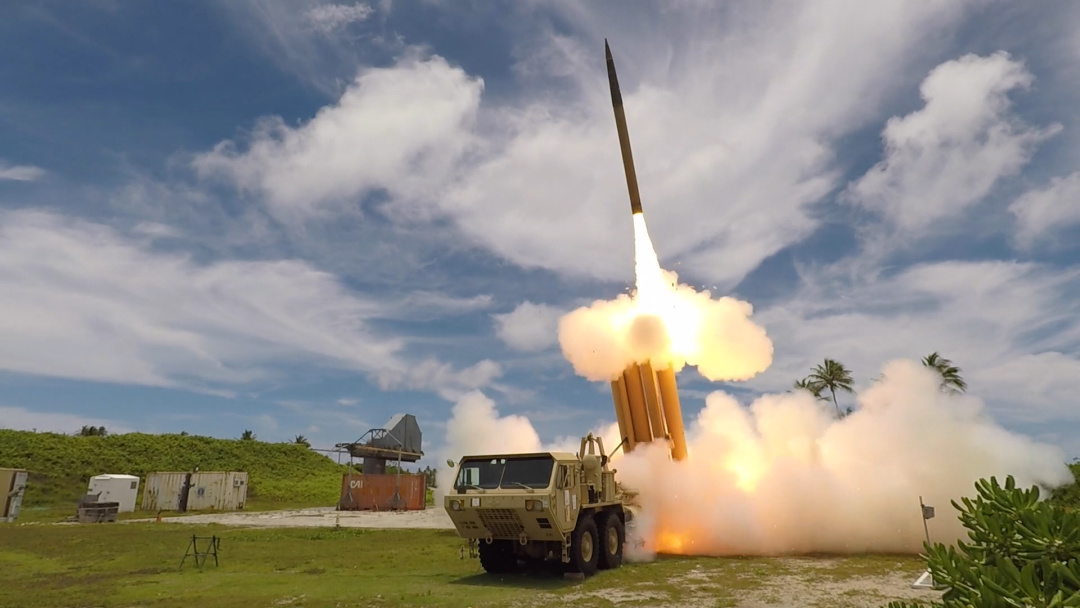
The recent refusal of Germany to supply arms to Ukraine became another demonstrative argument. By the way, it was not the first sobering flick – and, probably, not the last one. If Ukraine fails to develop technologies domestically, it risks lagging behind hopelessly and falling into indefinite dependence on foreign partners.
Ukraine with its scanty rearmament budget – under USD 1 billion – can hardly hope to procure foreign aircraft or powerful missile defence systems. Meanwhile, Ukraine does have the technologies that can make the basis of asymmetric deterrence capabilities.
Developments aimed at a big leap in the field of technological rearmament should not fall out of the general framework of the struggle. I described such a modern framework in more detail in the book «How to defeat Russia in a Future War» (2020). In a couple of words, it involves combination of both non-military and purely forcible means, namely – mature diplomacy, strong intelligence and well-trained counterintelligence, an extensive and legislatively calibrated territorial defence system, a professional hi-tech army. Within this framework of the struggle, technological superiority may become the trump card of the Ukrainian asymmetric struggle with foreign aggression.
UKRAINIAN ADVANCED TECHNOLOGIES
In fact, we should consider two levels of technological rearmament of the national army: creation of expensive strategic (theatre-level) platforms, and development of tactical platforms designed for mass use.
The first one means creation of a global deterrence system, using missile technologies. I say missile, because Ukraine can develop its missile potential on its own, not relying on foreign partners. It will simultaneously serve as a missile sward and a missile shield of the country.
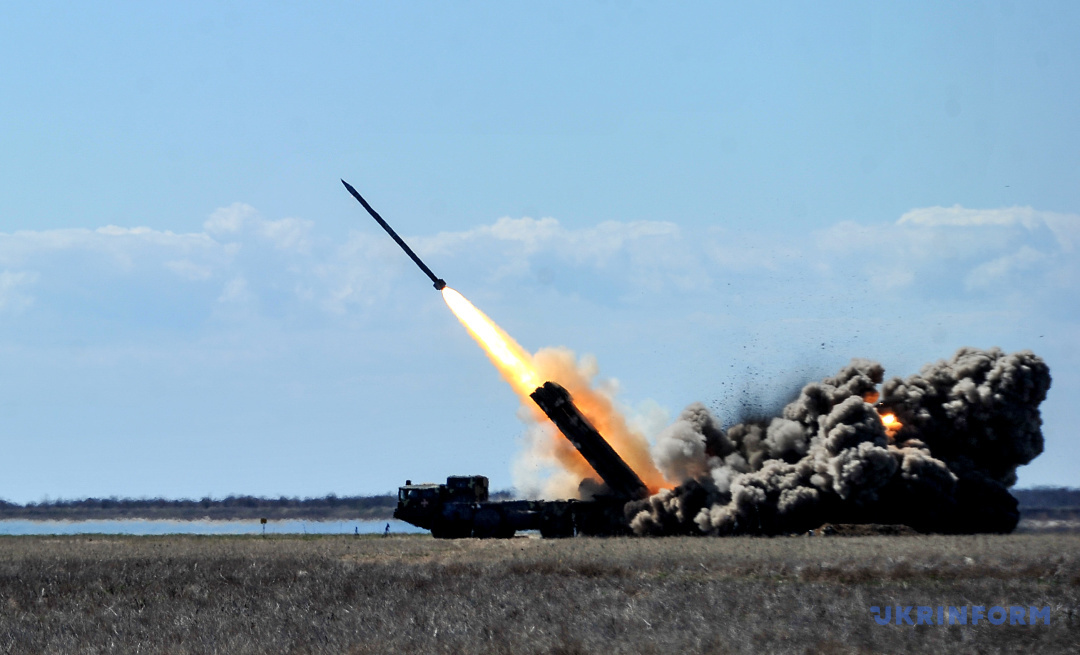
The missile sward is made up of theatre ballistic missile systems and cruise missiles with the range of 500 km and more, as well as strategic missile systems with the range of 2000 to 5000 km, and advanced artillery systems with the range of 130 to 150 km and air-to-surface missiles with the range of up to 110 km. Some may remain sceptical, but a thorough study of the potential of missile technologies speaks in favour of such capabilities. Today, Ukraine may claim with confidence that it can create strategic missile systems with the range of 2000 to 5000 km! Armed with aeroballistic missiles, they can penetrate any ballistic missile defence (BMD) system – no state in the world has a BMD system, reliable enough to shoot such missiles down. The main thing, the core of this idea is that the emergence of a number of theatre and strategic missile systems would de facto solve the task of Ukraine’s missile defence. Why? Because the missile factor will become an asymmetric deterrent weapon, with a clear preventive message to the aggressor that in case of an attack, strategic facilities and the military infrastructure on its territory will be hit. By the way, in this way Ukraine will spare billions that need to be paid for foreign systems, such as Patriot or Iron Dome. In course of development of Vilkha-M MLRS, Neptune missile system, Hrim theatre ballistic missile system and Sapsan multifunctional missile system during the years of the war, the technologies of solid fuel, gearing of rocket-motor cases, preparation of explosive compositions and armament of warheads were tested. Of course, in the first place one should mention the missile projects of the State Kyiv Design Bureau Luch, whose designers have designed the Neptune missile system and Vilkha-M MLRS. This design bureau is well capable of designing a cruise missile with the range of 500 km and more.
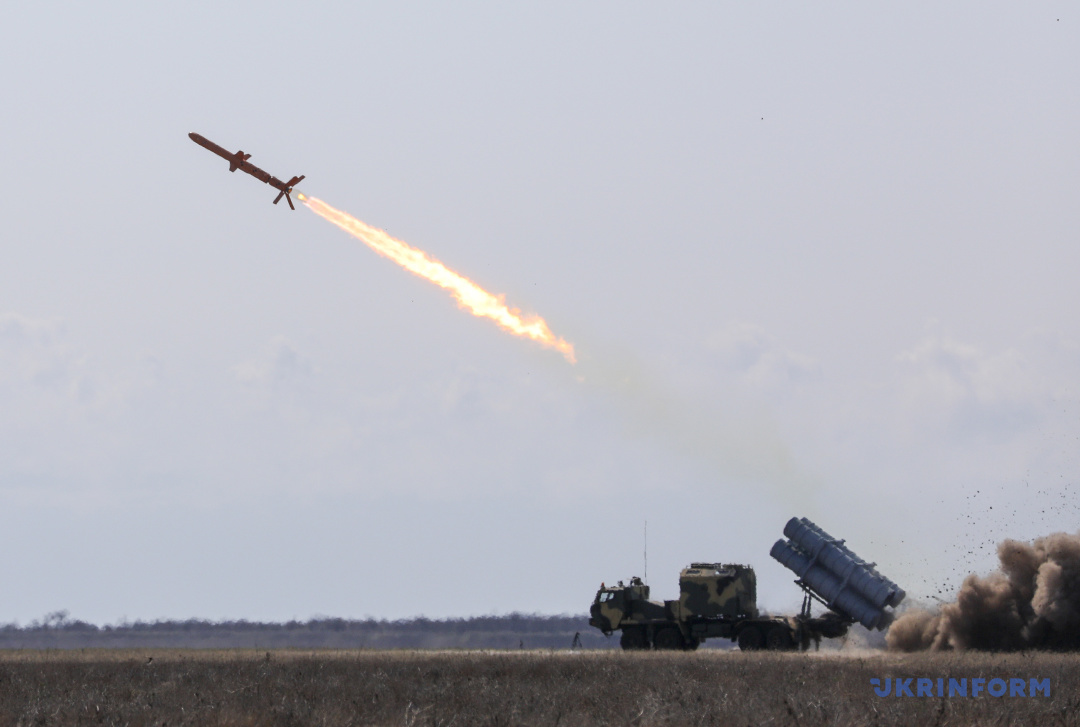
One can also mention the conclusions of the experts from the Dnipro missile cluster, who promise to create the Sapsan multifunctional missile system and to raise its range with a 450-kg warhead to 500 km within 2 to 3 years. Further on, using airborne platforms (bombers, attack aircraft) and launching the missile from the altitude of 9-15 km, the range of the Sapsan missile system may reach 1000-1200 km. Next, two-stage missiles can be built, raising the missile range to 2000 km. To reach the range of 5000 km, a military transport aircraft will be needed, and a dual-use launch vehicle designed, with the fuel mass increased to approximately 9 tonnes. Such a missile will reach a hypersonic speed of 10-12 Mach and can be used for delivery of warheads and for injection of satellites into an earth orbit.
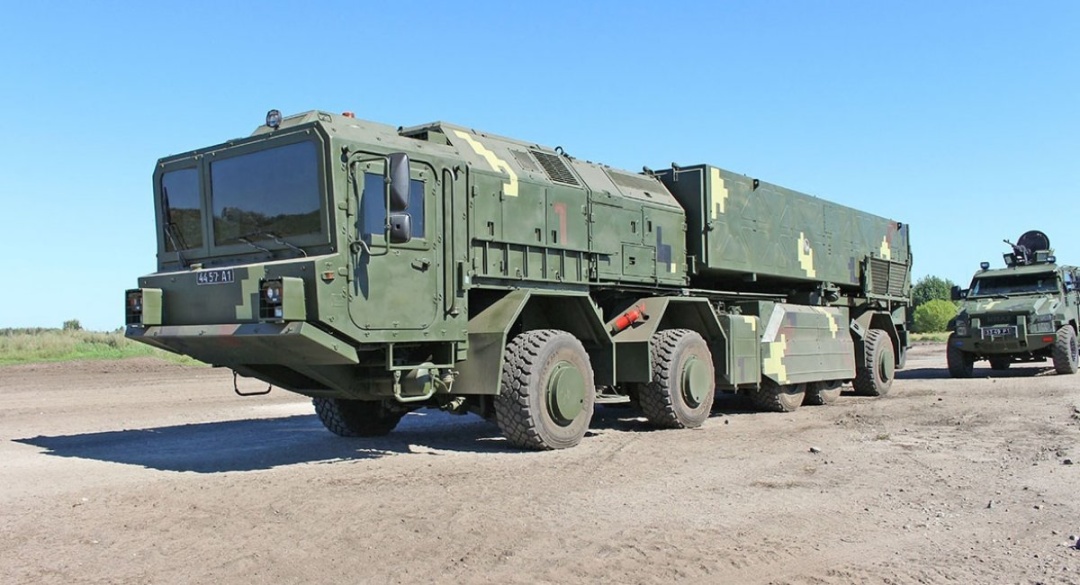
The missile shield must be created in parallel. It is to be made up of domestic air and missile defence systems with the killing range of 30 to 200 km, as well as air-to-air missiles with the range of over 50 km.
The second level of technological rearmament covers technologies for the creation of relatively cheap reconnaissance/strike systems designed for mass use, and related support system. Those include technologies of creation and introduction of automated systems of command and control, signals intelligence and electronic warfare, robotised equipment of different functionality on different platforms, not to forget secure communication means and counteraction in the cyberspace, as well as development of weapon systems based on new physical principles, such as electromagnetic and laser weapons.
TECHNOLOGY DEVELOPMENT: THE UKRAINIAN ROAD
How can the development of such technologies be promoted in the conditions of severe shortage of resources, moreover in a period when the emphasis is being made on arms imports? Here are some recommendations to this end, too – they may at least give food for discussion. We suggest the following opportunities to be considered.
We should proceed from transformation of a number of top priority tasks into continuous programmes, independent of the State Defence Order, approved by relevant resolutions of the Government. Beyond doubt, the State Target Programme of Creation of Cruise Missiles, Theatre Missile Systems and Strategic Missile Systems will be of key importance. We should also assess the possibility of development and approval of the State Target Programme of Automation and Robotisation of the Armed Forces of Ukraine, providing for creation of automated command and control systems and development of robotised systems on different platforms: unmanned aerial vehicles, land, sea, submarine and space-based robotised systems, as well as a similar programme covering the development of ammunitions. Such programmes must be fully secured and financed continuously and consistently, irrespective of the terms of approval of the State Defence Order.
Development of separate elements of the system of deterrence may be funded through the Agency of Advanced Defence Technologies, planned to be set up within the Ministry for Strategic Industries. Those may include, say, development of an unmanned missile boat or of an electromagnetic or laser weapon system.
Creation and development of separate elements of the system of deterrence may also bring success thanks to bilateral or international military-technological cooperation projects, including in the form of joint ventures. This will require a reform of the defence industry sector, with establishment of a number of branch holdings as flexible joint-stock companies. The first steps are already seen, such as the establishment of a joint Ukrainian-Turkish venture to produce combat UAVs based on Turkish technologies.
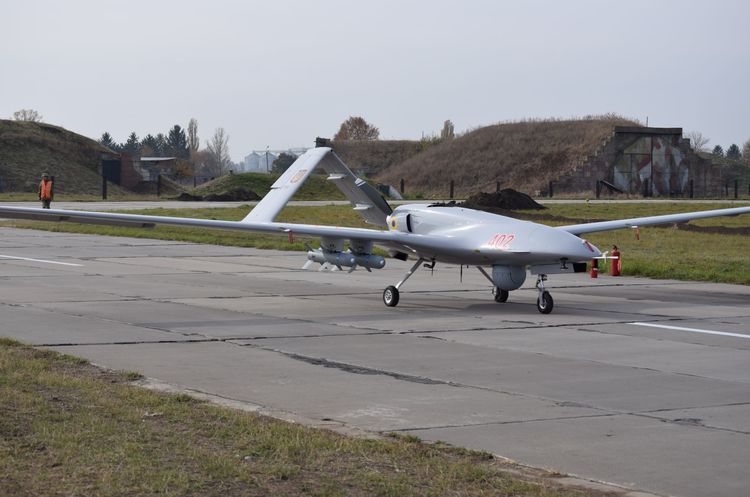
Yet another realistic way presumes transformation of special state exporters as intermediaries into enterprises that, investing circulating assets, would provide for the development of advanced weapons systems and become co-owners of technologies and production facilities. In due time, I initiated centralisation of the state arms trade system, including the establishment of Ukrspetsexport State Company. At present, as formation of independent branch holdings is planned, it seems logical that their area of responsibility also covers marketing of their products. Meanwhile, in course of the system transformation special exporters may evolve into investment companies.
Another interesting, not ultimately tested though, mechanism of technology development is presented by forward contracts, that is, contracts between the uniformed agencies as the customers and enterprises, for development of the systems that, on the condition of confirmation of the claimed technical specifications agreed by the parties, would be procured by the customer in the predetermined quantities.
Anyway, the key conclusion must be as follows: while now, given the urgency of the task of defending the state, large-scale imports of arms and military equipment may be justified, in the mid- and long-term rearmament plans, emphasis should be made on the national defence technologies. This is the only way to the really strong Armed Forces and a reliably protected Ukrainian state.
Volodymyr Horbulin, Chairman of the Supervisory Board of the Ukrainian Security Studies Institute,
First Vice President of the National Academy of Sciences of Ukraine, Academician
► Ukrinform invites all concerned parties to join the discussion of the article by Academician Volodymyr Horbulin and is ready to give the floor to prominent experts in the sector of defence and defence industry.


